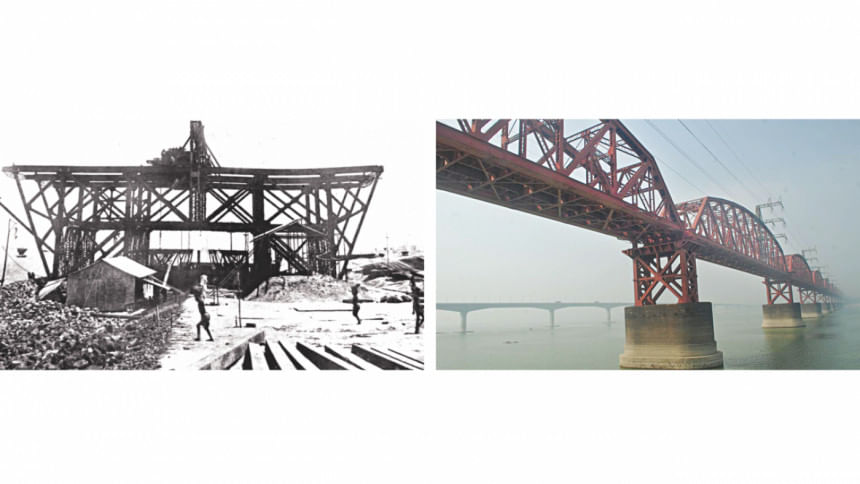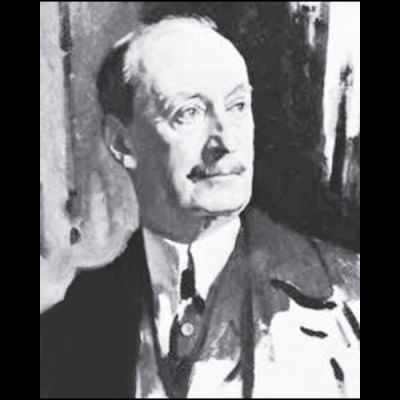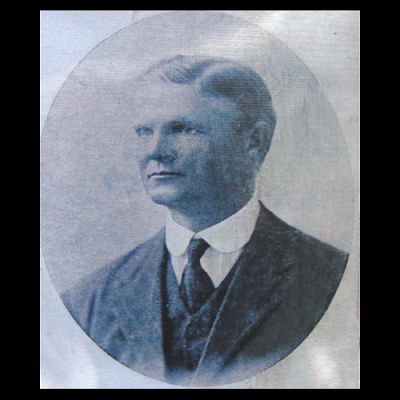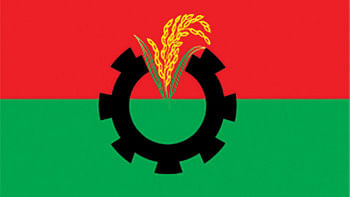Hardinge Bridge: A hundred-year old structure still stands strong

The Hardinge Bridge, which recently recorded 100 years of use and counting, is one of the many structures built by the British Empire during their occupation. The bridge shares a significant history of Bangladesh, and specifically, of Pabna. The bridge is also known as the Paksey Bridge, and it is named after Lord Hardinge, who was the Viceroy of India from 1910 to 1916. The bridge is 1.8 kilometers (1.1 mi) long. According to the International Database for Civil and Structural Engineering (structurae.net), the construction of the bridge began in 1910, though it was proposed at least 20 years earlier. It was completed in 1912.
The construction on the bridge had begun on 1910 under the British Railway Department and it took two years to complete. British Engineer Mr. Gayle was in charge of the bridge's construction. The first train moved on the bridge on January 1, 1915 as an engineering test while the bridge was officially inaugurated by Lord Hardinge on March, 4 that year. Recently in Pabna, the one hundred year anniversary of the historic bridge was observed acknowledging the architectural genius that went into constructing the bridge a hundred years ago.

People of the locality celebrated the bridge's 100 year anniversary on March 4. Local cultural organizations 'Khelaghar', 'Udichi' and 'Spondon' organized programmes that included a discussion event in addition to cultural shows. The speakers shared their views summarizing the value of Harding bridge, which is not only limited to the communication facility but also the social, cultural development among the people of the region. The Hardinge Bridge played a vital role to develop the livelihoods of the people in this region. It was the first infrastructural link between the people on either side of the river in the early 19th century. "The rail link dramatically triggered the growth of towns, helped the north region to develop and even helped augment the relationship between people who did not know a whole lot about each other prior to the bridge's existence," said Professor Hasanuzzaman, key speaker at the discussion.

During the Liberation War of 1972, the bridge was damaged due to air bombing. In 1972, a joint project between the Eastern India Railway and the Bangladesh Railway repaired the bridge, with reconstruction assistance from the Japanese Government. Although the Hardinge Bridge was not constructed using modern engineering techniques, it is still standing strong and the local people hold it in high regard as they have since the first day it became available for transportation.

 For all latest news, follow The Daily Star's Google News channel.
For all latest news, follow The Daily Star's Google News channel. 



Comments